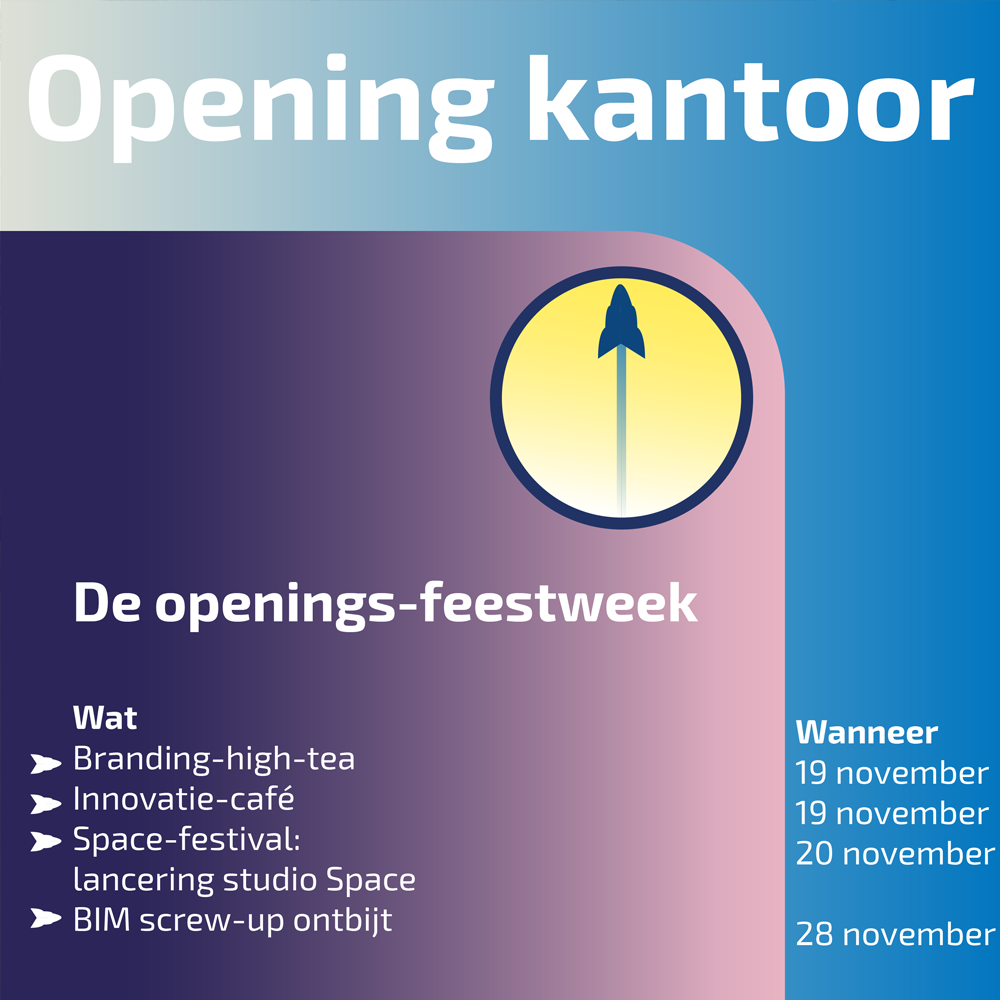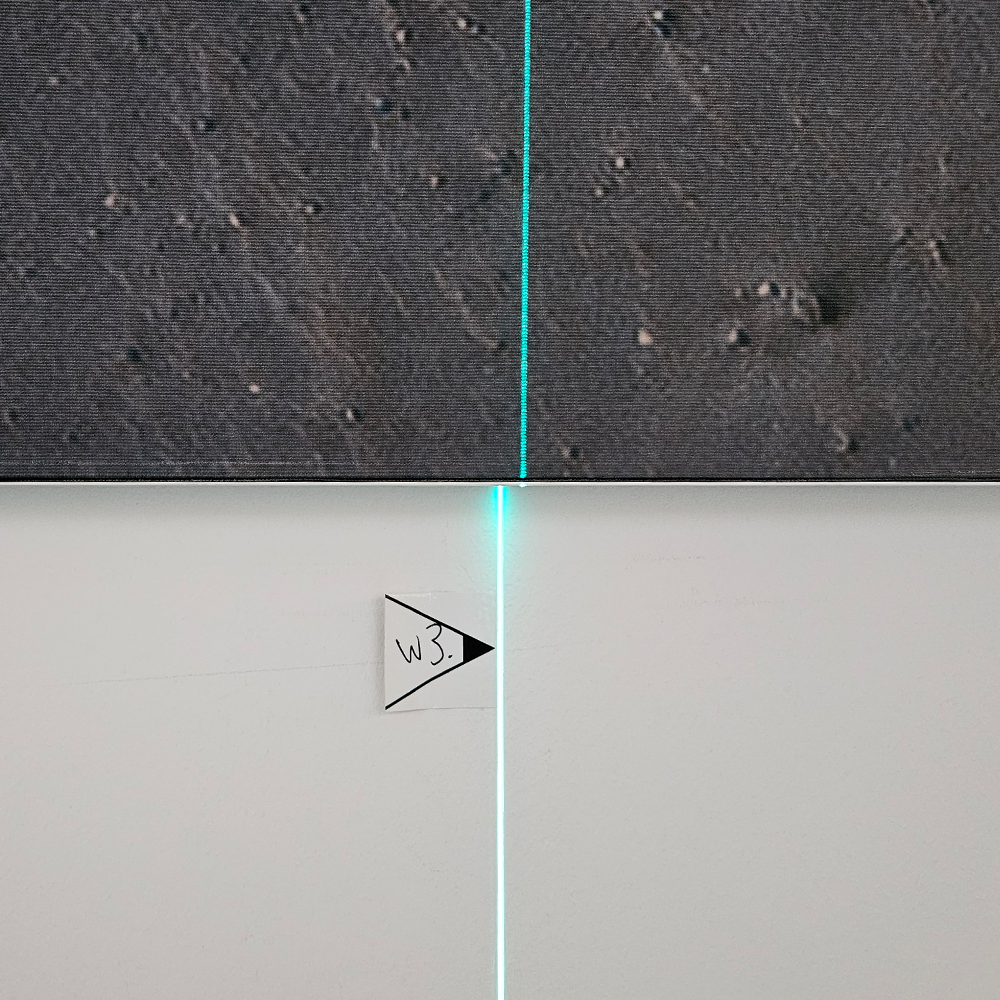Brand Love for Valentine’s Day
Brand Love?
Happy Valentines day! Especially for Valentine’s Day, we look at the love of brands and design: Brand Love.
There has been a debate in academia about the concept of brand love since the publication of the book “Lovemarks” by Kevin Roberts (2005). The key question is whether brand love is directly comparable to human love. Let’s dig deeper into this topic.
Definition of Brand Love’ 1.
– Brand love refers to the emotional connection consumers have with a brand. It goes beyond mere respect; it includes a deeper affection and commitment.
– Kevin Roberts, CEO Worldwide of Saatchi & Saatchi, argued that brands must earn not only consumers’ respect, but also their “love. This is the only way they can access people’s hearts.
Scientific Research:
– Scientists have debated the comparability of brand love to human love. There are two main perspectives:
– Interpersonal love: This is the love between people, based on reciprocity, altruism and deep connection.
– Parasocial love: This is a one-sided form of love, such as that for movie stars or artists.
– French scientists have found that brand love is primarily a culturally determined phenomenon and does not fit directly into either category. Love for a brand can never be the same as love for a person.
3. The Answer:
– Batra, Ahuvia and Bagozzi (2012) conducted a comprehensive study to understand brand love. They identified seven main facets of brand love:
1. Positive emotional fit
2. Passion to use
3. Self-brand integration
4. Leaving stress
5. Long-term relationship
6. Positive evaluation
7. Attitude strength
– Brand love can be built through each of these facets. It is important to distinguish between brand love and liking. Brand love is more than just liking; it includes deeper emotions and commitment.
– Brands with brand love have benefits such as repeat purchases, positive word of mouth and a stronger defense against negative news about the brand.
4. Key Differences:
Brand love is considered a less important relationship than interpersonal love. After all, brands cannot perform the same altruistic acts as humans.
In short, although brand love and human love differ, both can evoke deep emotions and commitment. Brands strive not only to be respected, but also to be loved by their consumers. 🧡
NewArmstrong builds brands
We want our clients to be loved by consumers. Therefore, we design and think not only for ón our client, but also for the consumer: our client’s client. Not infrequently, our client also has a trade-off: design for operational importance, design versus budget, quality versus speed. There is a trade-off between conflicting interests in every project. The art of our trade is balancing and understanding together where the “value for money” is.
(Almost) anyone can create a beautiful design, if the budget is infinite. Almost anything can be done cheaply, as long as you have a long time. But where is the sweet spot?
A design idea may be beautiful, but is it 10,000 euros beautiful? Or is the idea that costs half then also very nice? To get a decision made, we often propose these quality levels: low, medium and high. And provided each choice with a price indication. Then suddenly choosing becomes a lot easier.
Navigating with the client to find the optimum in this that the entire client team supports: that is the “brand love” we seek for our client. Happy Valentine’s Day!
Sources:
(1) What is brand love? – Marketingfacts.
(2) Brand love: real brands, real love! Eurib.net
(3) Emotional brand attachment and brand love: the emotional bridges in the …. Emererald.com
























